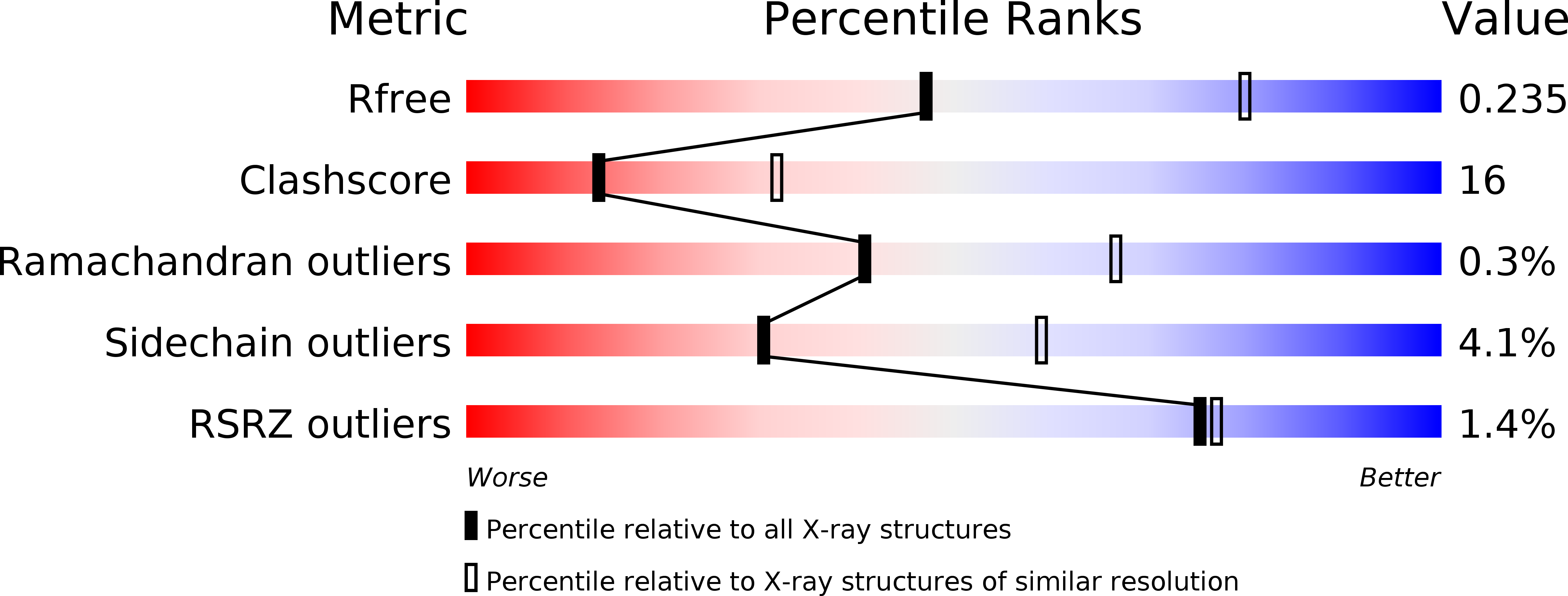
Deposition Date
2009-11-25
Release Date
2010-02-23
Last Version Date
2024-10-30
Entry Detail
PDB ID:
3KTM
Keywords:
Title:
Structure of the Heparin-induced E1-Dimer of the Amyloid Precursor Protein (APP)
Biological Source:
Source Organism:
Homo sapiens (Taxon ID: 9606)
Host Organism:
Method Details:
Experimental Method:
Resolution:
2.70 Å
R-Value Free:
0.24
R-Value Work:
0.21
Space Group:
H 3


